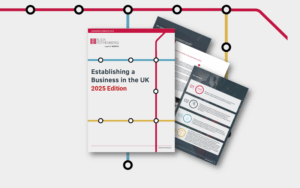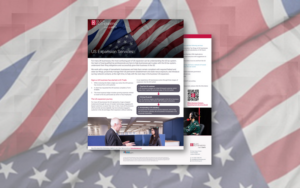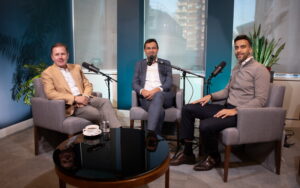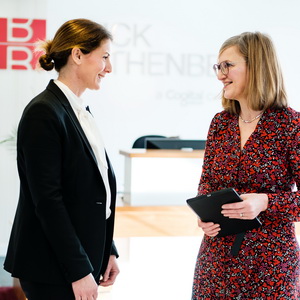Making Tax Digital: The digital journey
The requirements for Making Tax Digital for VAT and the three elements to this digital journey
Making Tax Digital – Principle
The principle behind Making Tax Digital (MTD) is that there is a digital journey from the initial accounting entry, through to the VAT return and the submission to HM Revenue & Customs (HMRC). There are three elements to this digital journey and the requirements of MTD for VAT and we will look at each in more detail:
- Software communications with HMRC
- Digital accounting records
- Digital link
1. Software communications with HMRC
Once the business has signed up to MTD, any VAT returns filed after that date will need to be submitted directly to HMRC via compatible software. This can either be directly from your accounting package, if it is MTD ready, or using a combination of Excel and ‘bridging’ software.
Taken together the accounting package, Excel and bridging software (if necessary) comprise your ‘functional compatible software’.
The VAT online filing portal will be closed to businesses required to enter the MTD regime.
2. Digital accounting records
Your digital accounting records are comprised of three elements:
- Designatory data
This includes your business name, address of your principal place of business, VAT registration number, and VAT accounting schemes in use
- Supplies made
For each supply made you must record the time of supply, the value net of VAT, and rate of VAT charged.
- Supplies received
For each supply received, you must record the time of supply, the value of the supply and the amount of input tax that you will claim.
If more than one supply is on an invoice you can record the totals from the invoice.
Supplies made and received by third party agents
Where a third-party agent makes or receives supplies on your behalf, those supplies do not fall within the digital record keeping requirements until you receive the information from the agent. If this is received in a summary document, you can treat the document as one invoice for the purpose of the digital record.
Adjustments
Where you are allowed or required to adjust the input tax claimed or output tax you owe according to the VAT rules you must record this adjustment in functional compatible software. Only the total for each type of adjustment will be required to be kept in functional compatible software, not details of the calculations underlying them.
Where the input tax claimed or output tax due on a supply has been changed as the result of an adjustment you do not need to amend the digital record of the supply.
Schemes
Retail schemes
If your business is in a VAT retail scheme, HMRC have issued a concession so that instead of recording every single sale, you are only required to record the Daily Gross Takings.
Flat Rate Scheme
If you account for VAT using the Flat Rate Scheme, you do not need to keep a digital record of your purchases unless they are capital expenditure goods on which input tax can be claimed. In addition, you do not need to keep a digital record of the relevant goods used to determine if you need to apply the limited cost business rate.
3. Digital link
To enable the digital journey, there should be no re-keying of data i.e. if you use an accounting package that cannot communicate directly with HMRC and you need to make the submission via an Excel spreadsheet, the data should be exported to Excel, rather than retyped.
Once in Excel, if you need to make amendments or calculations, this should be by way of formulae.
There is currently a soft-landing period for the compliance of the digital link, for the first 12 months. During this period, HMRC will not issue any penalties if the digital link is not in place. This soft-landing period ends with the first VAT return commencing on or after 1 April 2021.
Where spreadsheets may need to be used
You may need to use Excel to complete and submit your VAT returns if:
- Your software is not MTD compliant
- You have a group VAT registration and need to aggregate a number of sources of data
- To prepare your partial exemption calculations
Next steps
If you already maintain your records in software
- check that there is sufficient detail to meet the requirements of Digital Record keeping such as recording every transaction as opposed to weekly or monthly journals.
- Speak to your software provider to confirm that it will be MTD compliant
How we can help
If you do not currently maintain your records in a software package, we may be able to offer a cost-effective outsourcing package for you. Not only will you be MTD compliant, but you will also have access to business performance information in a more timely manner, helping you to run your business more effectively.
If your software package will not be MTD compliant, we will be able to assist you with providing a bridging software solution, to ensure that the submissions can be made.
Our experts
You may also be interested in
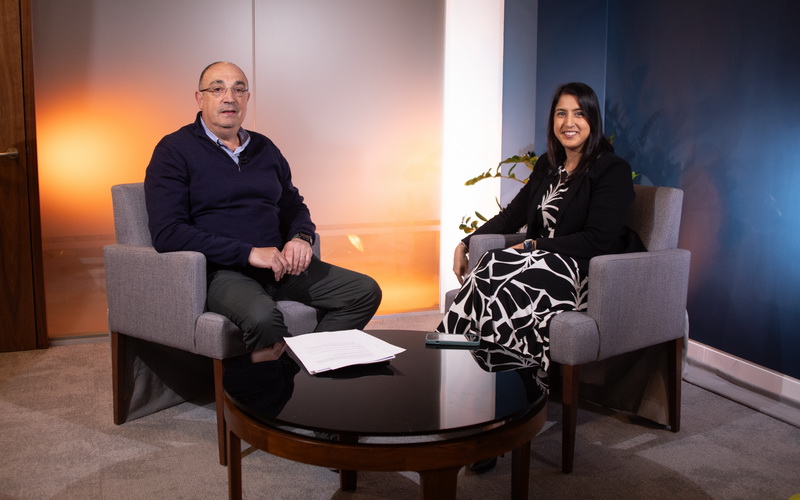
Changes to FRS102 and it’s alignment to International standards

Unlocking Growth: What the Government’s 2025 Industrial Strategy Means for the UK’s Creative Sector






